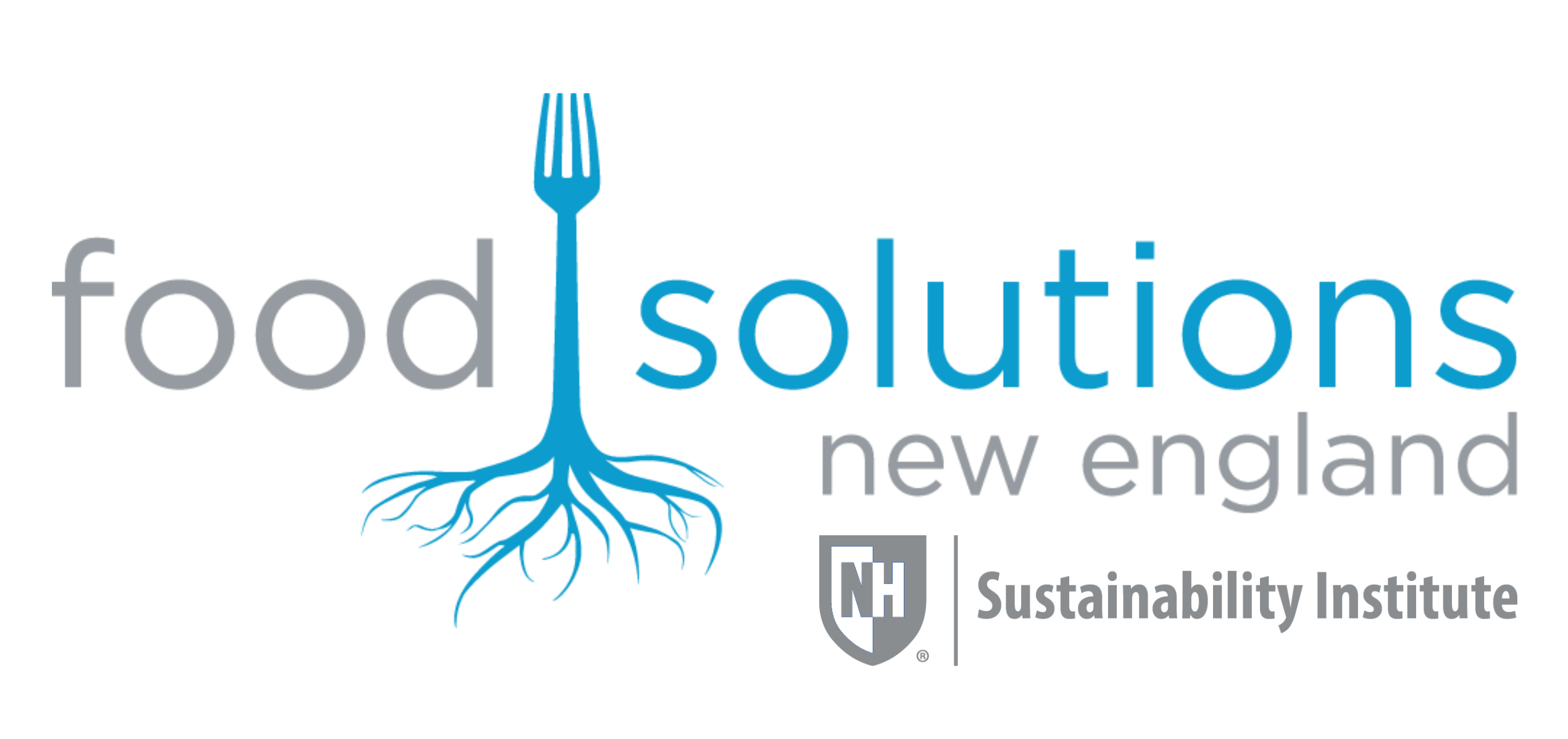Abstract
This paper re-evaluates the contributions to global food supplies of ‘aquatic animal-source food’ from aquaculture and capture fisheries, and ‘terrestrial animal-source food’ from livestock farming. Three common misunderstandings in the scientific and policy literature are addressed: (1) aquaculture was the fastest growing food production sector over the past three decades, (2) aquaculture has surpassed capture fisheries as the main source of fish for human consumption, and (3) production of aquatic animal-source foods has outstripped that of terrestrial animal-source food. These misunderstandings result partly from misuse of statistics: although possessing a relatively high annual growth rate in percentage terms, production of aquatic animal-source food increased from a much lower basal production level than the production of terrestrial animal-source food. Misunderstanding also arose partly from differences in the ways that aquatic and terrestrial animal-source food production are reported in global statistics. These differences systematically biased the reported gross weight of aquatic animal-source food produced globally upwards relative to that of terrestrial animal-source food. Comparing edible portions of aquatic and terrestrial animal-sources foods revealed the following three main points: first, although having a high annual growth rate in percentage terms, growth in the production of edible aquatic food has lagged far behind that of terrestrial meat by volume; second, capture fisheries still produce more edible aquatic food than aquaculture, and third, global production of beef exceeds that of farmed aquatic meat. Poultry is the largest animal-source food producing sector and is growing faster than aquaculture by volume.
Full report & details available here.




